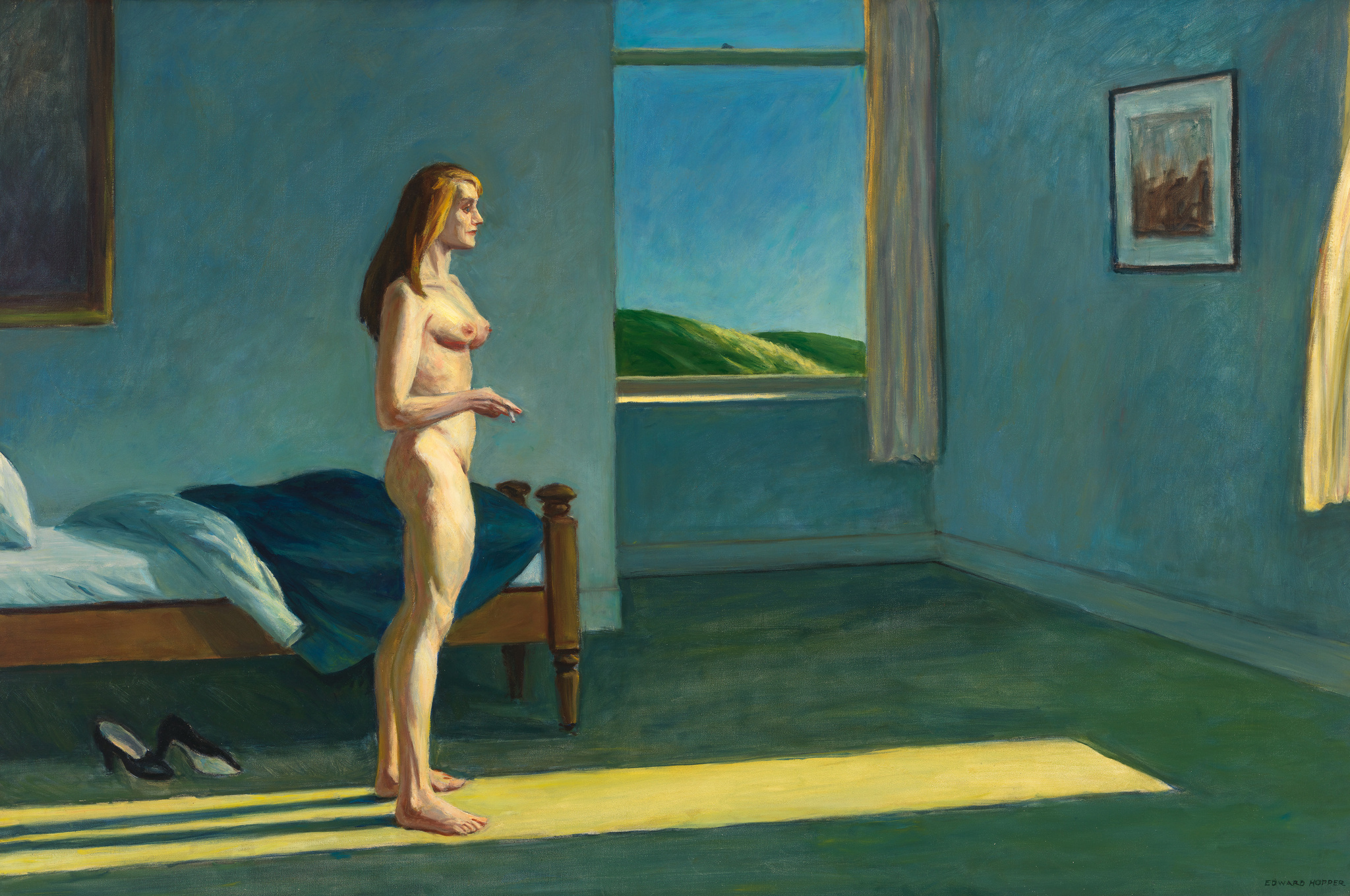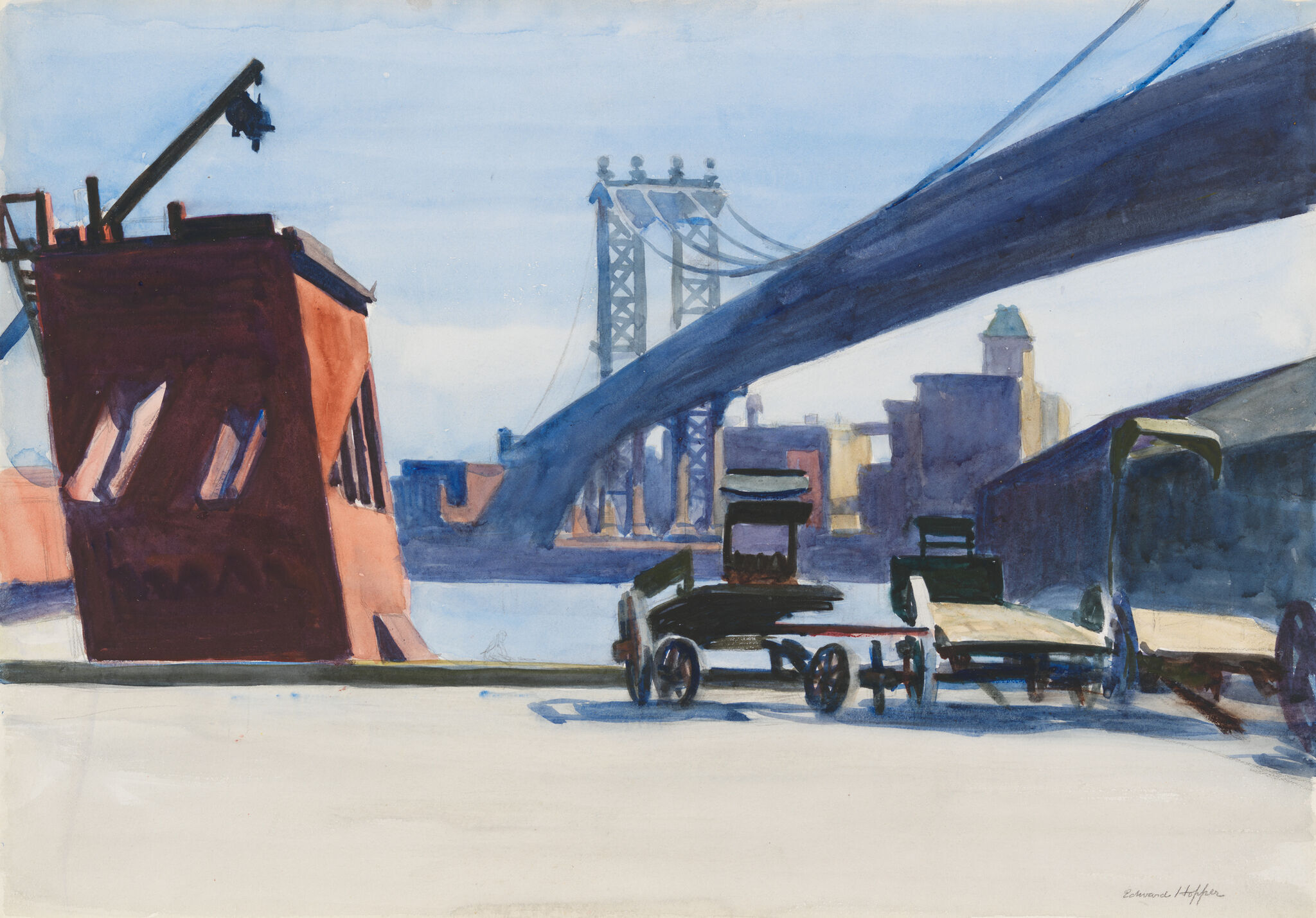Performances
Oct 2, 2022
0:00
Performances
0:00
Narrator: In this slideshow, we see scenes and stage sets from plays that Hopper attended with his wife, Josephine Nivison Hopper, and the theaters they frequented. We have been able to find out which plays they saw because the Sanborn Hopper Archive includes hundreds of ticket stubs that they saved, documenting the performances they’d seen.
David Crane: The theater was a living, breathing part of their routine, if not every day, close to every week.
Narrator: Josephine, who was known as Jo, had acted in productions with the Washington Square Players before she and Hopper were married. They continued going to these more avant-garde performances, and also attended popular plays on Broadway. David Crane was a Curatorial Fellow at the Whitney, and contributed to the exhibition catalogue.
David Crane: Hopper's view of the stage and his frequent interaction with seeing theater productions framed how he saw New York and how he framed and shaped his own compositions. Set design, to take one example, is seen not merely as a kind of backdrop or not merely as a setting on which the drama could unfold, but a structuring part of any of these productions that they were seeing. They would be connoisseurs and attentive to changes in design or changes in lighting or how those kinds of things that may coalesce into the production as a whole for the audience maybe in general—but for them could speak to specific craft, specific artistic decisions.
Narrator: In this room you’ll also find a selection of the ticket stubs from about sixty performances that give evidence of the Hopper’s theater habits. The theater and the price appear on the front; the Hoppers also wrote the names of the show on the back. The stubs also tell us about their seat preferences. In general, they chose to sit in the balcony, or to view the play from an even higher perspective in the second balcony.
David Crane: I believe that that really is reflected in many of Hopper's paintings of New York. Many of them, you get this kind of slightly elevated view. That creates this sense of spectatorship in living in the city that you are kind of seeing life around you as this kind of stage production comes to life.


